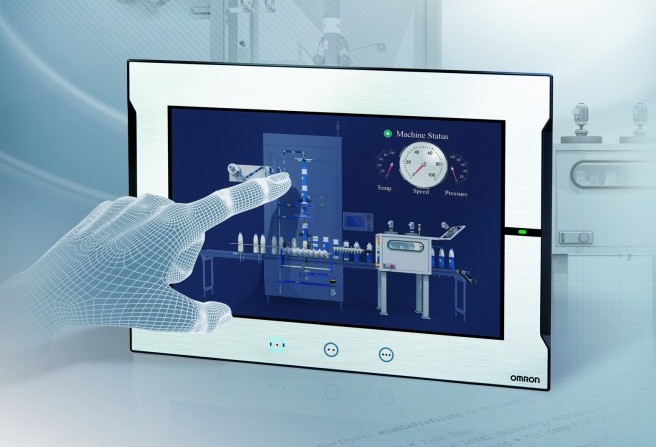Commercial Expectations
With the tremendous number of influences and changes in this marketplace, everyone has great expectations of one sort or another. Some of these will lead to false promises and disenchantment. Others, however, will define the path technology and applications of the future will take. A closer look at these expectations shows that they can be divided into three major categories: commercial, emotional and technical. Even though traditional rules and customs regarding pricing, support, and buying procedures are changing as new PC-based systems enter the market, some people still cling to expectations that were born of yesterday. For example, they expect PC-based control systems to:
• Maintain the same hardware/software pricing ratio that has been common for the past several years.
• Emulate the pricing structure of popular PC and business computer systems. That is, they expect to pay $7,000 for the computer and S500 for the software package.
• Be distributed to qualified users through traditional channels.
The above pricing expectations are very unrealistic. The cost of computer hardware keeps going down as manufacturing practice and technology improve. However, the cost of good engineers and programmers keeps going up. As a result, this hardware/software pricing ratio has changed to the point where it's not uncommon to see the cost of the system software equal the cost of the hardware. Control software could be priced at $500 only if a minimum of engineering was done in developing the software or if the true cost of the software were leveraged in the price of the hardware.
Ten or 12 years ago, a hypothetical control system might have had a hardware cost of 5100,000 and a software cost of $30,000. But the cost of some "add-on application services" usually added another $70,000 to the final cost. Thus, the true lifetime cost of the system increased significantly over the anticipated cost. The real cost problem stems from the market size for microcomputer-based process monitoring and control systems. While it is possible to sell ten million micro computers into office applications in a year, only about three percent of that number will go on to the factory floor. So, the industrial system developer must recover their investment over a smaller number of installations.

Emotional Expectations
Today's emotional expectations are very similar to those expressed 30 or so years ago by engineers as computers first entered the control room. They are negative expectations, derived from our natural tendency to be cautious when it comes to new technology. The emotional expectations are that:
• The PC is too slow for process control.
• The PC isn't reliable enough to have round-the-clock operation in an industrial environment.
• The operator won't be able to use the system.
Several companies offer industrialized versions of microcomputers. These feature heavy-duty power supplies, multiple fans, modular assemblies, and low chip counts. They are as reliable as the well-accepted minicomputers and are similar to the dedicated microcomputers known as programmable controllers. Therefore, the new microcomputer systems can be used in direct digital control applications with a feeling of security. Whether the operators trust and accept such a system is a function of how it was designed for the application. Operators expect the machine to tolerate their errors and misunderstandings. They also expect the machine to act like the traditional control systems they already know. For example, the system should have familiar color graphic displays and simple keyboard commands.
Technical Expectations
Technical expectations span a full range of topics. With the tremendous turnover in the industrial pc market, we've come to expect new products, new features, and new software just about every month. These expectations have driven vendors to pre-release products and quote unrealistic features and delivery dates. However, other market expectations have caused innovation. Some products provide form multitasking in a streamlined and easy-to-use system. The multitasking shouldn't require any changes to the standard system software or hardware. Non-standard configurations or third-party operating systems can spell trouble if the system is to be changed or expanded.
The system should have an open architecture that makes it possible to add additional features. These might include support for special hardware or data access for user-written application programs. Speed that is consistent with the hardware being used and the process being controlled is a must if the process uses serial I/O hardware, a speed measured in seconds, rather than milliseconds, may be sufficient. Claims of high I/O speed may not take into account processor or interrupt loading on the part of the PC or the process control device.
For information about industrial pc welcome visit our website https://www.szjawest.cn/ .